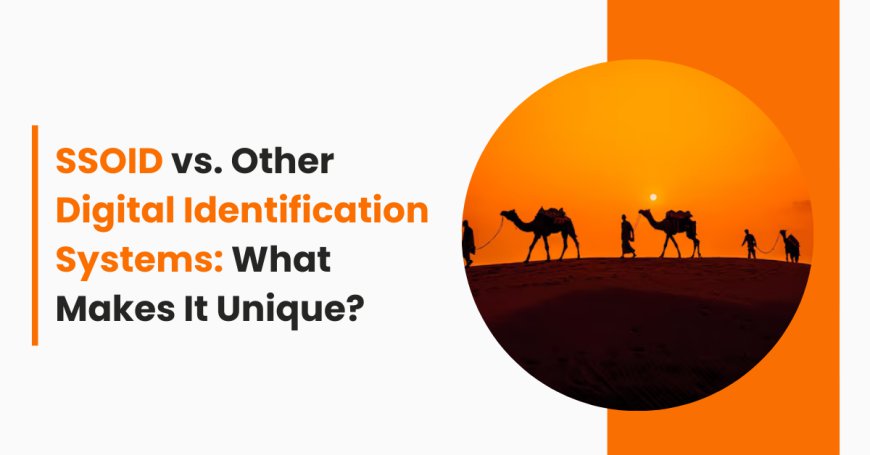SSOID vs. Other Digital Identification Systems: What Makes It Unique?

As digital transformation accelerates, secure and efficient digital identification systems have become essential for providing access to online services. One such solution that has gained significant attention in India is the Single Sign-On ID, or SSOID. This article delves into what sets SSOID apart from other digital identification systems and how it enhances both security and convenience for users.
What Is SSOID?
The Single Sign-On ID (SSOID) system is an innovative digital identification solution developed primarily to streamline access to multiple online services. Originating in India, SSOID was created to simplify login processes by allowing users to use a single login ID to access various government services and platforms.
Key Features of SSOID
-
Unified Access: With SSOID, users can access numerous digital services without needing multiple usernames and passwords.
-
Enhanced Security: The SSOID platform is designed with stringent security protocols to protect user information.
-
User Convenience: The ability to access multiple services with a single ID eliminates the need to remember multiple credentials, enhancing user experience.
Comparing SSOID with Other Digital Identification Systems
In today’s digital landscape, several identification systems provide secure access to online services. Let's explore how SSOID compares to other systems in terms of accessibility, security, and functionality.
AADHAAR as a Digital ID System
One prominent identification system in India is Aadhaar, which provides a unique identification number for residents. Aadhaar is primarily used for identity verification across government and financial services.
-
Security: Aadhaar is based on biometric verification, while SSOID relies on a password-based system.
-
Scope: Unlike SSOID, which is used for digital access across multiple government services, Aadhaar is primarily an identity verification tool.
Global Comparison: U.S. Social Security Number (SSN)
In the United States, the Social Security Number (SSN) is often used as an identifier for government and tax services.
-
Privacy and Security: SSOID offers greater privacy controls by allowing limited access based on the service requirements, whereas the SSN lacks similar flexibility.
-
Service Integration: SSOID provides a single entry point for numerous services, unlike SSN, which requires separate credentials and does not inherently offer digital access.
What Makes SSOID Unique Among Digital Identification Systems?
High Interoperability Across Services
One of the key aspects that makes SSOID stand out is its interoperability. It allows users to navigate seamlessly between multiple services provided by various government departments.
Robust Security Measures
Unlike many other systems, SSOID includes features such as two-factor authentication to ensure that only authorized individuals gain access. This robust approach minimizes risks related to unauthorized access and enhances user trust.
Cost-Effectiveness for Users
Because SSOID simplifies access to multiple services under one account, users save time and avoid the hassle of managing multiple logins, making it a cost-effective choice for frequent users of government services.
Conclusion: SSOID's Role in the Future of Digital Identity
As digital identity systems evolve, SSOID has proven to be a unique and effective model by combining convenience, security, and interoperability. In comparison with other digital identification systems, SSOID stands out as a leader in enhancing user experience across India’s digital landscape, showcasing a potential model for similar systems worldwide.
